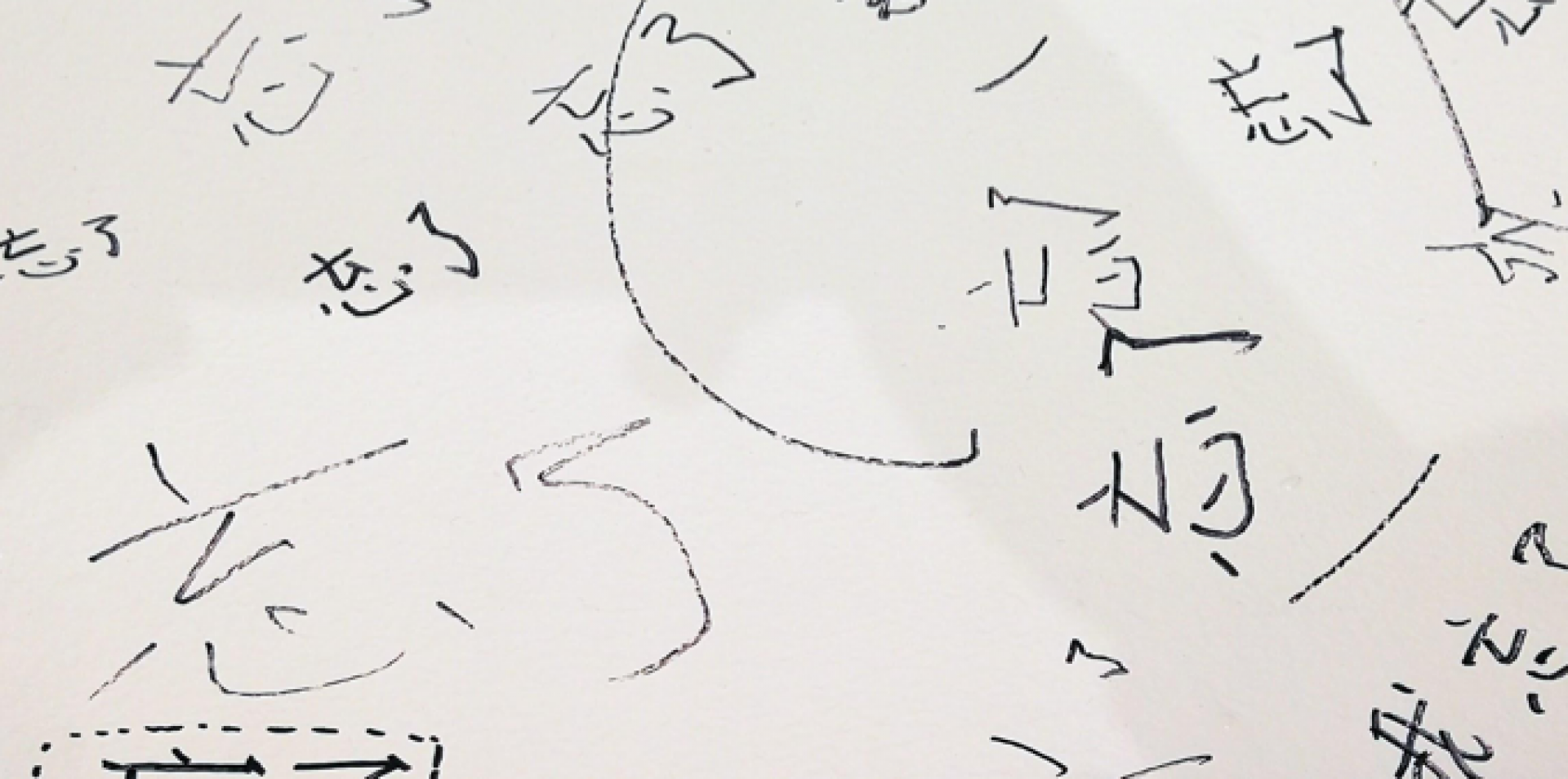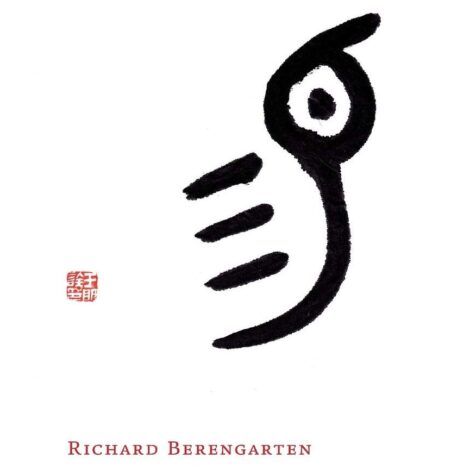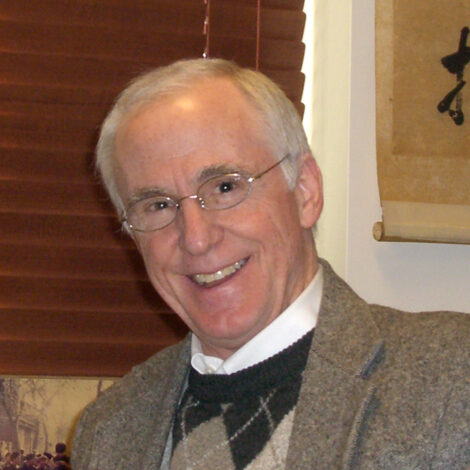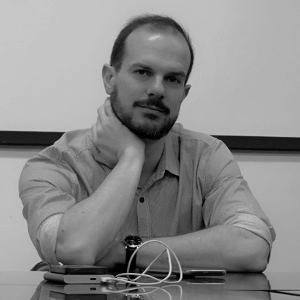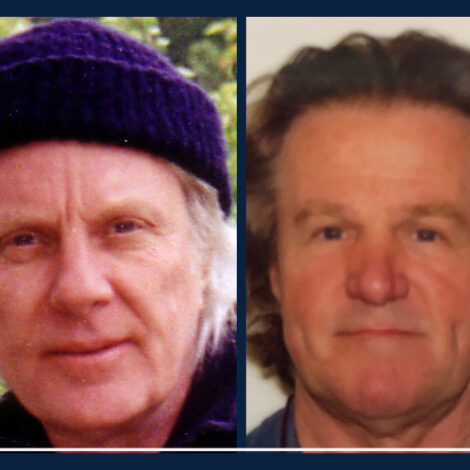In this special feature, Cha presents a compendium of eight essays on a major contemporary poetic work that crosses the boundaries of time and place. This is Richard Berengarten’s Changing (Shearsman Books, UK, 2016), a work of vast symphonic scope, whose main inspiration is the ancient Chinese book of divination and philosophical wisdom, the I Ching, or Classic of Changes
…
Preface
Richard J. SmithThis Cha special feature consists of a set of essays on a recent book entitled Changing by the English poet Richard Berengarten (李道, b. London, 1943). This ambitious literary work, which may be read either as a single poem or as a mosaic of poems, is based directly on the I Ching (Classic of Changes) and written in homage to it. Changing has already attracted widespread international attention and commentary from, among others, poets and literary scholars, Sinologists, and I Ching experts.
…
British Mind. Chinese Soil. American Grain.
Paul Scott DerrickRichard Berengarten’s accomplishment in Changing is too broad, too complex and too intricately detailed to explore satisfactorily in a single essay. There’s just too much to account for. So I intend to narrow my focus here to what I suspect to be the book’s central and possibly deepest concerns, encompassed in Berengarten’s vision of wholeness. …
Lakes and Mountains
Lucas Klein“Octavio Paz, Allen Ginsberg, Jorge Luis Borges, and Charles Olson, among many others, wrote poems inspired by its poetic language,” writes Eliot Weinberger. “Fritjof Capra in The Tao of Physics used it to explain quantum mechanics and Terence McKenna found that its geometrical patterns mirrored the ‘chemical waves’ produced by hallucinogens. Others considered its binary system of lines a prototype for the computer.” Weinberger is referring, of course, to the I Ching, …
An Ongoing Revolution
Sophia KatzIn the Book of Changes, the Chinese classic that was believed to encode all possible contingencies of human existence, the dynamic of ‘revolution’ is addressed by hexagram 49 革 (Ge). The literal meaning of this character is “the hide of an animal”. “In its verbal sense ge (hide) means ‘skin,’ ‘get rid of’ – certainly a radical change”. Ge is also part of the expression 革命 geming, ‘shedding the mandate’. In modern Chinese geming means ‘revolution’.
…
Well, Inexhaustible: Spring, Inexhaustible
Tze-Ki HonAs a metaphor for the power of nature, water appears in different ways in different traditions. It is “the great flood” in the Epic of Gilgamesh of Mesopotamia and the Story of Noah of the Old Testament. It is “a flowing river” in Greek philosophy and in classical Confucianism. It is “a well of water” in the Gospel of St. John and in the I Ching (“In the well there is a clear, cold spring, from which one can drink”). In its various guises, water can be violent and destructive, benign and nurturing, hidden and enriching.
…
In the Philosophical Sphere of the I Ching
Tan Chee LayEven a quick and simple glance at the white cover of Richard Berengarten’s Changing is fascinating. Against this background, the ancient pictogram 易 (Yi) is painted in concise strokes of black ink. To me, this pictographic character suggests the form of a bird flying, a suitable connotation for the ever-changing nature of time and space as perceived from within the perspective of the fleeting existence of a human being. …
The Zen of the Tao: Journeys Along the Ridgepole
Alan Trist and Bob DevineI Ching consists of layered mythic, shamanic and philosophical statements and concepts, in a corpus of written texts developed over hundreds, perhaps thousands of years. Its original purpose was divination, and it is still an immediately useable working oracle, offering guidance interpretable at many different levels. Richard Berengarten’s long poem, Changing, or “gathering of poems”, as he elegantly calls it (‘Postscript’, 521), is a significant addition to the literature on the Ching, the poem’s main source. This essay tells a story of how some of these new poems have worked to enhance consultations of the old oracle by two of its long-term students.
…
Some Constants of Change
Paschalis NikolaouThe Making of Changing
Richard BerengartenChanging was published in 2016. Between July 2010 and January 2014, during the last three and a half years of its making, I kept a work-journal. In that time, I was processing material that I’d been amassing since 1984, as well some from even before that – editing, reshaping, repositioning, challenging, querying it.
What follows here is the first part of that work-journal, dated July to September 2010.
…
